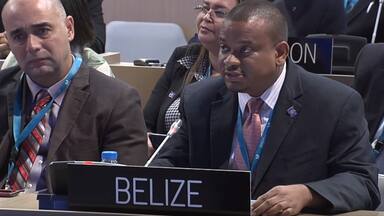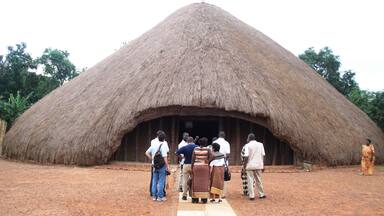World Heritage Committee inscribes Everglades National Park on List of World Heritage in Danger
The World Heritage Committee, holding its 34th session chaired by João Luiz da Silva Ferreira, the Minister of Culture of Brazil, inscribed the Everglades National Park (United States) on the List of World Heritage in Danger, because of serious and continuing degradation of its aquatic ecosystem.
The inscription was made at the request of the United States. It's the second time the Everglades has been included on the List of World Heritage in Danger. It was first inscribed in 1993 following damage caused by Hurricane Andrew and a marked deterioration in water flows and quality resulting from agricultural and urban development. It was removed from the Danger List in 2007, in recognition of efforts to restore the Park and its wider ecosystem.
However, the degradation of the site has continued. Water inflows have been reduced by up to 60 percent and nutrient pollution increased to the point where the site is showing significant signs of eutrophication, loss of marine habitat and a subsequent decline in marine species.
The United States also requested that experts from UNESCO's World Heritage Centre and the International Union for the Conservation of Nature (IUCN) visit the property in 2010 to evaluate its state of conservation and assist in the development of a desired state of conservation with a view to removing the property from the Danger List as quickly as possible.
The World Heritage Committee commended the State Party's initiative in requesting the inscription of the site on the List of Sites in Danger, and encouraged the United States to continue corrective measures to restore and preserve the property.
The Everglades, at the southern tip of Florida, contains the largest mangrove ecosystem in the western hemisphere, the largest continuous stand of sawgrass prairie and the most significant breeding ground for wading birds in North America.




